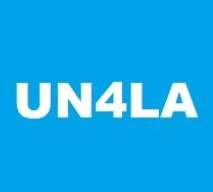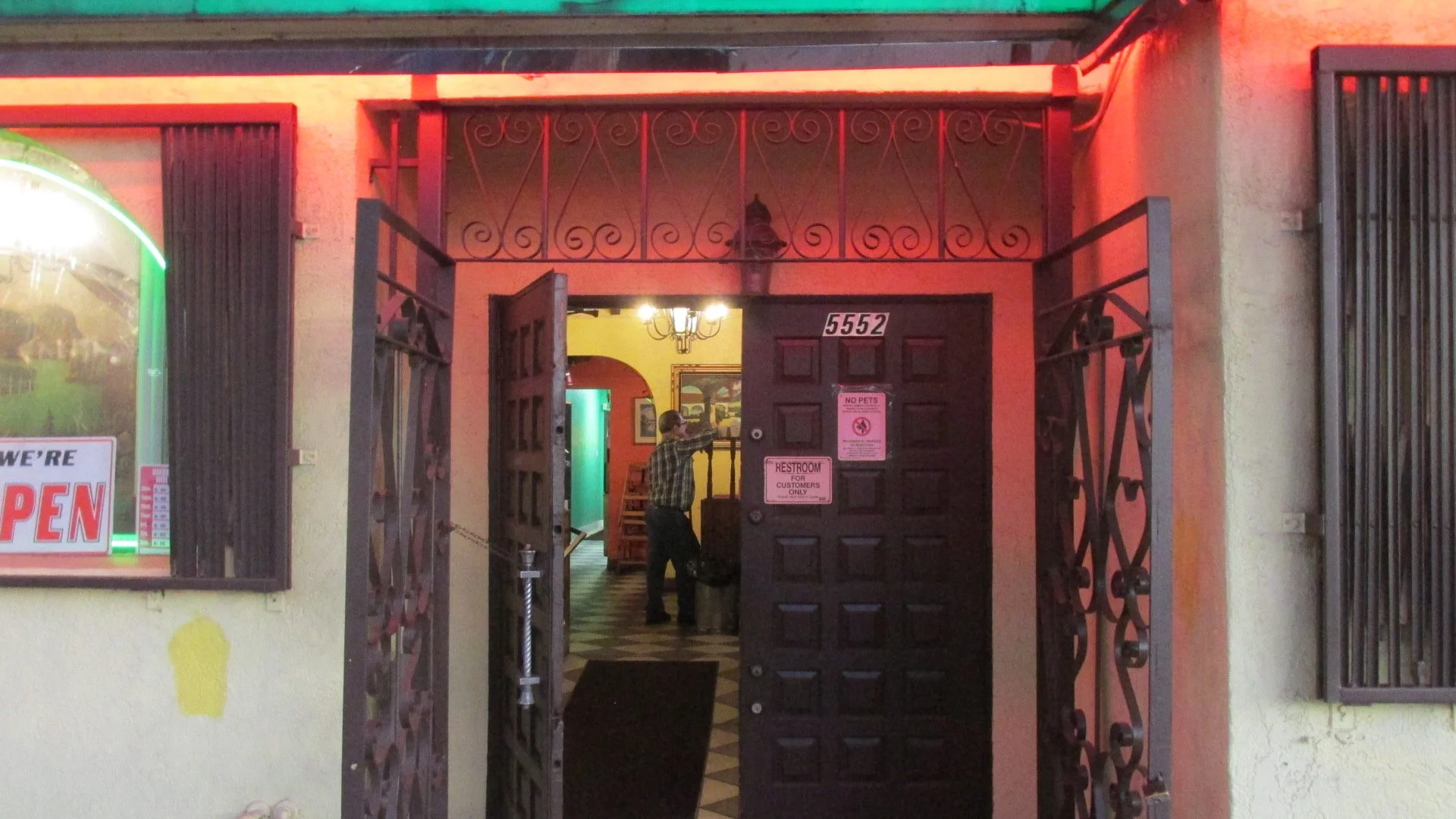UN4LA News - October 2024
A monthly newsletter published by United Neighborhoods for Los Angeles.
UN4LA's mission is to bring communities together to plan for a sustainable future. Growth must be shaped by community engagement, not developer dollars.
L.A. CITY PLANNING BURIES CONTROVERSIAL "OPTIONS" IN MASSIVE REZONING DOCUMENT
On September 26, the LA City Planning Commission voted to recommend approval of the proposed Housing Element Rezoning Program. The program encompasses three code amendment ordinances:
The Citywide Housing Incentive Program (CHIP) Ordinance: The CHIP Ordinance proposes streamlined project review procedures and new local density bonus incentives for eligible project types.
The Housing Element Sites and Minimum Density (HESMD) Ordinance: The HESMD Ordinance creates new minimum density requirements and implements requirements of Housing Element law by establishing regulations on housing replacement, no net loss findings, by-right development review, and minimum density requirements for identified sites.
The Resident Protections (RPO) Ordinance: The RPO enhances protections for tenants affected by demolitions related to housing development, including relocation assistance, the right to remain and right to return to comparable units in the new construction.
But the real story here is the fact that the Department of City Planning buried important parts of the proposed Rezoning Program in a document that ran over 2,000 pages.
There has been intense pressure in recent years from various groups to do away with zoning for single-family homes. There has also been intense pressure from homeowners to maintain zoning for single-family homes. Both sides have been waging heated campaigns to sway city officials to their point of view. Homeowner groups had urged the city to adopt Draft 3 of the CHIP program, which, by itself, would have preserved single-family zoning.
What they didn't know was that, buried deep within the massive document prepared for the City Planning Commission hearing, there were a number of additional "options", all of which would upzone single-family neighborhoods. There's no indication of this in the table of contents. The table of contents lists five exhibits, with Exhibit D titled "Single-Family Considerations". According to the table of contents, all five exhibits can be found on page 17, but there's no sign of them on page 17 of the PDF. It's also interesting that in the first three categories listed in the table of contents, the section titles function as links, so you can just click on the title and jump to that section. But when you get to "Exhibits", the links stop working.
In other words, there’s nothing in the table of contents that indicates that Exhibit D, "Single-Family Considerations", has anything to do with upzoning these areas. But even if you wanted to view this section, you'd have to scroll through this 2,000+ page document until you finally got to page 657.
LA City Planning claims they bend over backwards to inform the public about their actions, but this isn't the first time they've tried to slide crucial documents past the public, and it probably won't be the last.
The City Planning Commission chose to recommend approval of Draft 3 of the Housing Element Rezoning Program, and did not vote to include any of the options. They chose to leave the decision on whether to adopt the options to the City Council's Planning & Land Use Management (PLUM) Committee. At this point, it's unknown when the PLUM Committee will put this matter on their agenda.
RANCHO PALOS VERDES HOMEOWNERS IMPACTED BY LANDSLIDE FILE SUIT
Homeowners in Rancho Palos Verdes have been getting increasingly desperate as the land continues to shift under their homes, causing substantial damage to the foundations, as well as the loss of electric power and natural gas. Some affected residents recently filed a lawsuit alleging that multiple defendants, including the City of Rancho Palos Verdes, the City of Rolling Hills, and the County of Los Angeles failed to prevent water from saturating the soil, which the residents argue accelerated slippage.
Palos Verdes Landslide Keeps Getting Worse. Residents’ Anger Boils
But we should also be asking, why did the City of Rancho Palos Verdes allow houses to be built in a known landslide area?
The answer is, the city initially rejected the project.
Over 20 years ago, developers who owned a number of the affected parcels filed an application to build homes on those parcels. Having already assessed the area's geology, and knowing it was prone to landslides, the city chose to deny the application. That led the developers to file a lawsuit, claiming that the rejection of the application was an illegal taking. While the trial court upheld the city's rejection of project, an appellate court later overruled that decision, finding that the city did not have sufficient evidence to show significant risk if the homes were built.
The City of Rancho Palos Verdes had two choices: The city could pay millions of dollars to buy the parcels or allow the homes to be built. Purchasing the property was deemed too costly, so they allowed the project to go ahead. When the appellate decision was handed down, it was reported that the plaintiff's attorney called the city "extreme and unreasonable," adding, "It's an absolute ban on use, and there's no justification for it."
JUDGE ORDERS V.A. TO BUILD MORE HOUSING FOR VETS ON WEST L.A. CAMPUS
Writing that "The West LA VA has been infected by bribery, corruption, and the influence of the powerful and their lobbyists [...,]" US District Judge David Carter has ordered the Department of Veterans Affairs to build more than 2,500 units of housing for veterans on its campus in West Los Angeles. Over 30 acres of the VA's land is currently occupied by athletic facilities operated by UCLA and the Brentwood School under long-term leases. Carter found that the leases are illegal because the land was originally granted to the VA to serve the needs of veterans.
JUDGE RULES THAT CITY OF L.A. BROKE THE LAW IN REJECTING ED1 PROJECT
A judge has ruled that the City of LA broke the law when it rejected a project which proposed building 360 low-income and moderate-income units in Winnetka. The application was submitted for consideration under Mayor Karen Bass' Executive Directive 1 (ED1), which aimed to accelerate the approval of affordable housing projects. However, Bass later revised ED1 to exclude areas zoned for single-family homes from the streamlined approval process. Because the project site was located in a single-family neighborhood, the project was then rejected. Judge James Chalfant ruled that the City could not require the project to comply with policies that were not in effect when the application was submitted.
COMPLAINTS ABOUT HOMELESS ENCAMPMENTS HIT RECORD HIGH
Complaints about homeless encampments made by calling 311 hit 8,730 in August, a record high. The number of calls from the Westlake community have risen sharply, and it appears that people who live in the neighborhood are increasingly concerned about the encampments, which have become a fixture in MacArthur Park. Residents have repeatedly expressed frustration at the lack of action by the City of LA as drug use and crime have become commonplace in the park and the surrounding area.
Westlake Emerges as the Epicenter of Homeless Encampment Complaints
FORMER L.A. CITY DEPUTY MAYOR RAY CHAN SENTENCED TO 12 YEARS IN PRISON
Former Deputy Mayor Ray Chan, who served under Mayor Eric Garcetti, has been sentenced to 12 years in prison for soliciting more than $750,000 in bribes for his own benefit and facilitating over $1 million in bribes from developers to former LA City Councilmember José Huizar as part of a pay-to-play racketeering conspiracy. Chan is the third high-ranking LA City official to be sent to prison as a result of the FBI's "Casino Loyale" investigation, which resulted in jail terms for Huizar and former Councilmember Mitch Englander.

